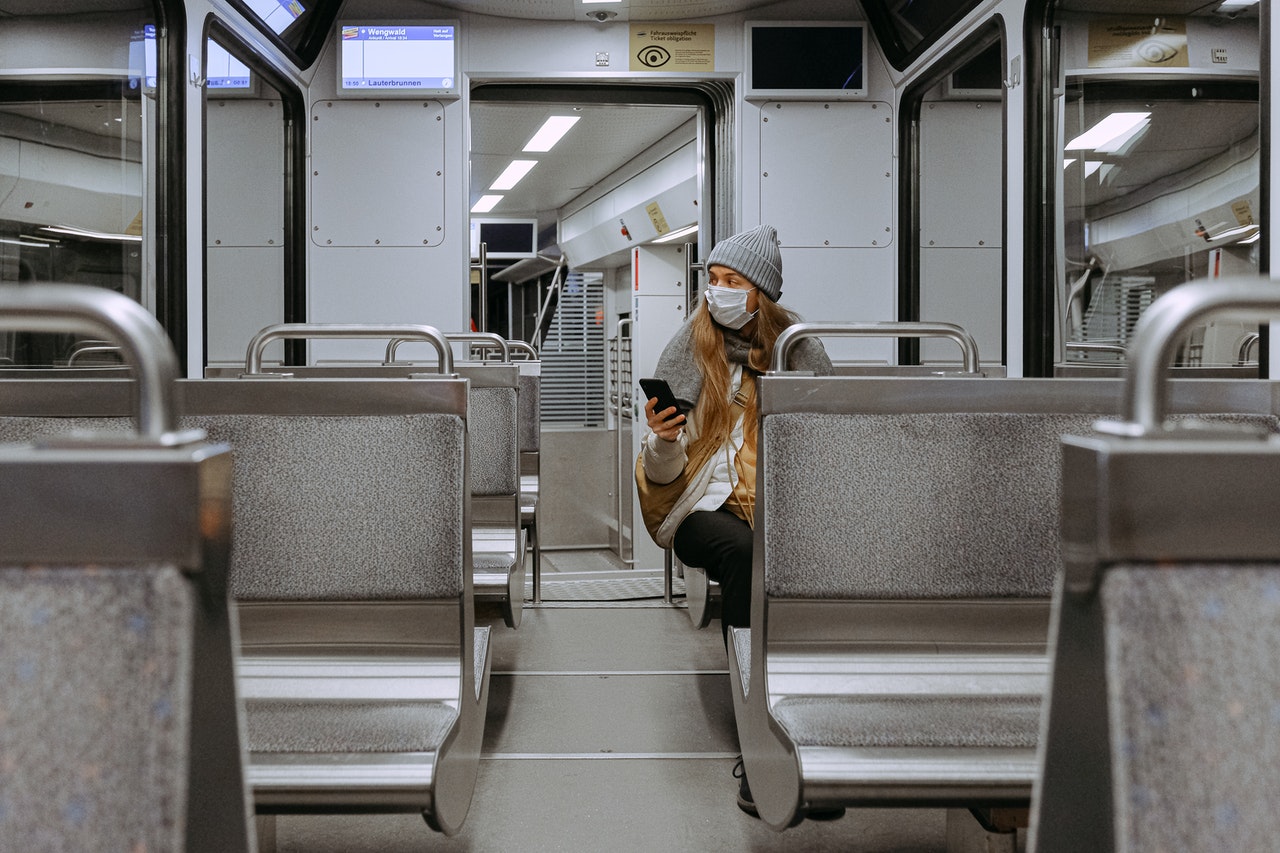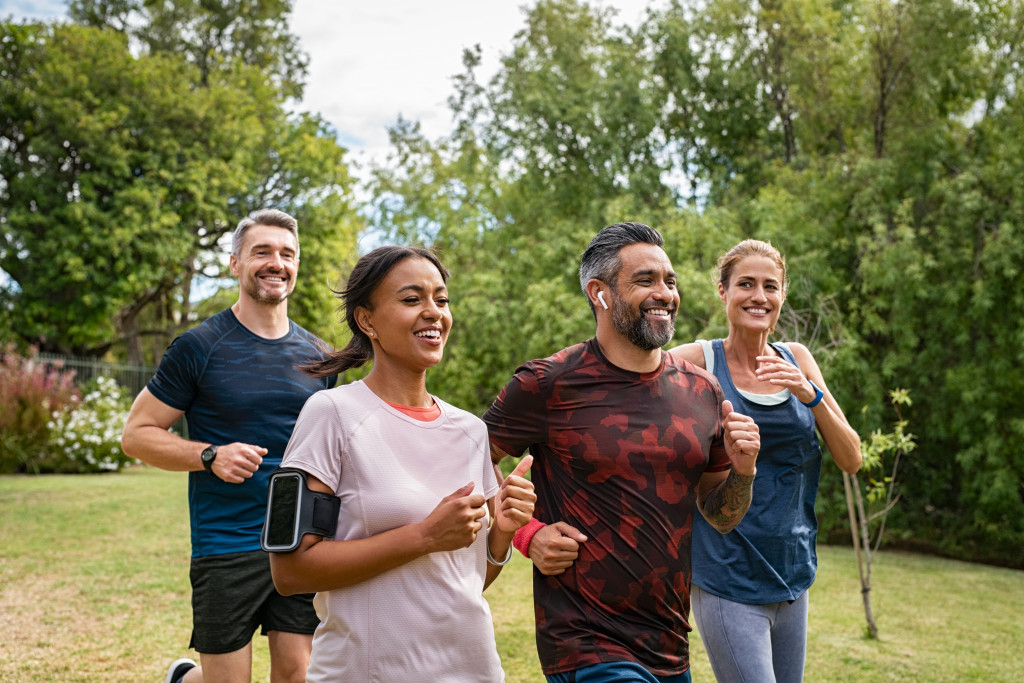It’s been almost a year since COVID-19 started spreading rapidly around the world. The health impact of the virus varies from person to person. Some people may experience mild symptoms, like colds and fevers. Others may get long-term symptoms, like loss of smell and taste, memory issues and muscle pain. Some health experts have also found that while COVID-19 primarily affects the respiratory system, the disease can also damage different organs in the body.
The virus can create long-term damage to heart muscles. The pneumonia it causes can lead to scars on the tiny air sacs in the lungs and lead to breathing issues. Some people may also get afflicted with strokes, seizures, and temporary paralysis after contracting the virus. COVID-19 can also contribute to creating blood clots. These clots could block small blood vessels in the heart and other organs, causing strokes, heart attacks, and even liver and kidney damage.
This virus should not be taken lightly. Its long-term effects have the potential to be life-threatening. Although vaccines have already been developed, it’ll take a while before you get access to them. If you’re required to go to the office every day, you need to make sure that you’re protected against COVID-19, as it can easily spread through respiratory droplets when an infected person coughs, sneezes, or talks. The virus can also thrive on surfaces for hours or even days.
Why Use Social Distancing
Your best bet is to use social distancing. This means keeping a safe space between yourself and other people who aren’t from your household. Apart from shielding yourself from the virus, you also minimize its spread when you’re social distancing. ;
The best social distancing method is to not go outside at all. You don’t get exposed to the virus, and if you are potentially infected, you don’t spread it to others. Ask your supervisor if you can work remotely every other day or week. Use cloud storage and file-sharing tools to submit your work. If possible, use HR platforms to track your work hours. Meetings are a breeze with video conferencing applications like Skype, Google Meet, and more.
If you absolutely need to go to the office, here are the best social distancing practices you should use.
Avoid the Rush Hour
Rush hour, even during a pandemic, can get quite hectic, as people scramble to get into the limited seats on the bus or train. This means that every public vehicle will probably be in maximum capacity. You don’t want to get mixed in a crowd just to get a seat. If possible, adjust your schedule so that you don’t have to commute during rush hour, which is usually around 6 to 9 AM and around 5 to 8 PM. Apart from minimizing your chances of getting infected, it also helps you get home from work faster, as the roads won’t be as congested. ;

Use Contactless Payment
The virus that causes COVID-19 can live on different surfaces for a long time. With money being exchanged by multiple people, you’ll never know when you’ll be handed a bill that’s potentially carrying the disease to you. Use contactless payment methods like electronic tickets whenever possible. If you’re going to use a ride-sharing service like Lyft or Uber, just use your credit card or online payment wallets. The fewer the hands you exchange items with, the better.
Wear Appropriate Face Covering
It’s essential to cover your mouth and nose every time you go out. This minimizes the risk of inhaling infected droplets. If you’re infected, it also minimizes the chances of you spreading your own respiratory droplets to others. Try to use a disposable surgical mask. If you can’t find any at your nearest store or after doing a Facebook marketplace search, a reusable cloth mask will do. You could also buy custom neck gaiters online. Just make sure that these cloth coverings have multiple layers to ensure that they can at least filter out large respiratory droplets. They should also cover your lower face snugly. Wash them with soap and water after a day of use.
Keep Your Space
If you’re making your way through a crowded area, make a conscious effort to keep your space from other people. The Centers for Disease Control and Prevention (CDC) suggests that you should stay at least six feet away from people outside your household. Once you’re on the bus or train, stay a seat apart from other riders. If you’re not going that far, consider biking or walking to your destination instead to avoid crowds.
It’s been almost a year, and COVID-19 pandemic is still a public health problem. While some cities are slowly easing restrictions, you should still practice proper social distancing to quell the spread of the virus. If you need to commute to and from work every day, these suggestions help minimize your exposure to the virus. While they do require you to make compromises to your daily routine, it’s better to be safe than sorry.





